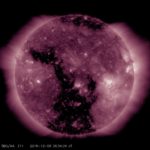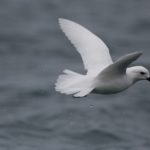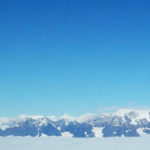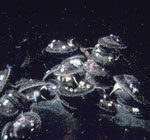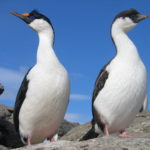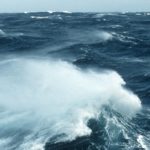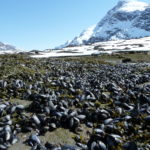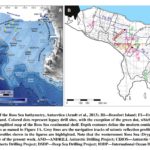Ecological features of exotic Vespula wasps (Hymenoptera: Vespidae) invading the southernmost UNESCO Biosphere Reserve
24 March, 2022 by Peter Convey
Invasive alien species may cause substantial changes and damaging impacts. Here, we document the current distribution and ecological interactions with native biota of relatively recently introduced wasps, Vespula vulgaris and…